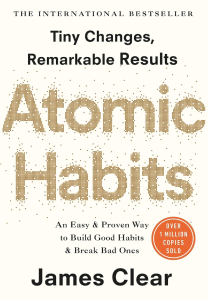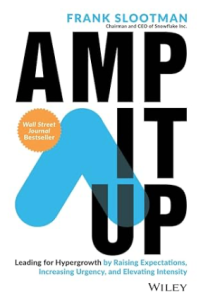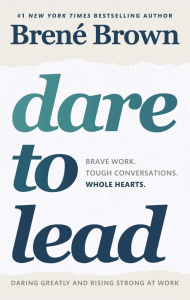Last year was a very difficult and sad year for me and my family, losing my mum and my dad within 7 months of each other. I’m blessed with a wonderful family both here and my sister and her lovely family over in Australia (where my mum and dad also lived).
My sister has always (and is still) a super positive and life affirming person (and loved very much) and she’s always looking how to be more mindful and help others (much like our mum).
I’d been over in Australia last year and the year before visiting to see mum and dad and my sister and she’d mentioned that she was reading Atomic Habits and she loved it. I’d heard of it before and read bits but hadn’t got the book. Well she changed that for me and bought it me for my birthday last year – and what a book.
This compelling book delves into the science of habits, offering actionable insights for individuals looking to reshape their lives through the power of tiny, consistent improvements.
My key takeaways:
(1) The Compound Effect of Small Habits: Clear articulates how minor adjustments and improvements can accumulate over time, leading to significant outcomes. It’s the small habits, compounded daily, that lead to remarkable results. Think compound interest for self growth.
(2) The Four Laws of Behaviour Change: The book introduces a simple yet powerful framework for building good habits and breaking bad ones: make it obvious, make it attractive, make it easy, and make it satisfying.
(3) The Importance of Identity Change: One of the book’s central themes is the idea that true change is identity-based. By focusing on who we wish to become, we can naturally foster habits that align with our desired identity.
(4) Systems Over Goals: Clear argues that focusing on systems rather than goals is the key to long-term success. By improving our systems, we make progress automatic and sustainable.
This is a must read and particularly for professionals in the fast-paced technology sector. “Atomic Habits” offers a roadmap to achieving personal excellence and enhancing productivity. The principles outlined by Clear are not only applicable to personal development but also resonate with organisational growth and efficiency.




